Perennially, when it comes to federal elections, Nevada has been known in recent history for its purple streak, seemingly reverting to broad national trends in presidential years while simultaneously administering checks down-ballot to prevailing political trends. Such characteristics have rendered the state an utter fascination to political analysts, who have often stood puzzled at Nevada’s pendular political identity. In 2006, as Democrats made massive gains in both houses of Congress on the back of President Bush’s waning popularity, Nevadans voted for Senator John Ensign by an overwhelming margin. Two years later, Barack Obama won the state in a landslide against Sen. John McCain by a margin of nearly 13 points, far more favorable to the Democrats than the national popular vote.
The early 2010s proved no different, with unpopular Senator Harry Reid securing a decisive victory during his 2010 Senate race against Tea Party-favorite Sharron Angle, who, despite being mired in controversy, was foreseen early on as capable of riding on the Republican tsunami of that year’s midterms. Yet Nevada took a turn back to the Republican column in its 2012 Senate election, albeit narrowly and against a weak Democratic challenger, with Senator Dean Heller’s 1-percent victory against Shelley Berkley as Obama won the state by around 7 points.
This is, in large, part, a consequence of Nevada’s clearly asymmetrical population distribution. Clark County, home of Las Vegas and Henderson, has long anchored the state’s politics and comprises its main population centers, accounting for a whopping 72% of the state’s population. Since 1988, Clark County has remained a stalwart member of the Democratic camp, with the city of Las Vegas itself being reliably Democratic and its surrounding suburbs, including the communities of Henderson and Summerlin, offering red to the mix. To obtain success statewide, Republicans have remained active in these surrounding areas on the local and state level. As recently as 2016, Republicans represented Nevada’s 3rd and 4th congressional districts, both anchored by various sections of the city’s sprawl.
While Trump put up a serious fight in Nevada in 2016, only losing by 2 percentage points while winning 2 of the state’s 4 congressional districts, 2018 nearly thwarted the party’s prospects of electoral success in the state. Democrats swept all congressional seats and flipped Dean Heller’s by an impressive 5-point margin. Now, Democrats have a grip on the Governor’s mansion and maintain strong majorities in both chambers of the state legislature. The only Republican statewide officeholder with a job left is Secretary of State Barbara Cegavske, who survived in 2018 by the skin of her teeth. With Democrats’ newfound power, Republicans are now wondering about the possibility of a Democratic-manipulated redistricting process: will Nevada Democrats gerrymander the states’ legislative and congressional seats, and in so doing, maintain nearly unchecked power for the next 10 years?
The prospect is possible, but not overtly likely. Nevertheless, there are several plans of note pertaining to the redrawing of the the state’s congressional seats. One in particular, somewhat of a favorite among election analysts and cartographers, disperses the urban vote and consolidates Nevada’s strongly-conservative rural areas, diminishing Republicans’ chances at controlling the congressional delegation. In this plan, the 1st district, which currently encompasses the Las Vegas strip, and the 4th, consisting of the city’s heavily-minority northern suburbs, would be redrawn to crack the urban swell and disperse strongly Democratic areas between two districts. The 3rd, a swingy Obama-Trump district made up of the more wealthy and less diverse southern and western suburbs, would be connected along the state’s western border to the city center of Reno, giving the district a blue hinge. The 2nd district, by deduction, would include the rest of the state and remain staunchly Republican in nature. This would give state and national Democrats a near-solid grip on the majority of the state’s congressional districts, and thus its congressional delegation, through the near future.
Republicans could quite feasibly strike back at such institutional changes in wave years in the midst of an unpopular Democratic president, narrowly flipping NV-03 and keeping margins down in the Las Vegas-based 1st and 3rd districts. But this would only be temporary, as these districts would return to their Democratic roots in due time.
Then-Secretary of State Dean Heller remarked in a mid-2000s memoir that Nevada’s political climate remains purple, with a dash of red. While it is true that such a plan would be too ambitious for comfort, if the 2018 midterm results have anything to show, it is that the Democratic Party’s future in Nevada is strong and opportune.


